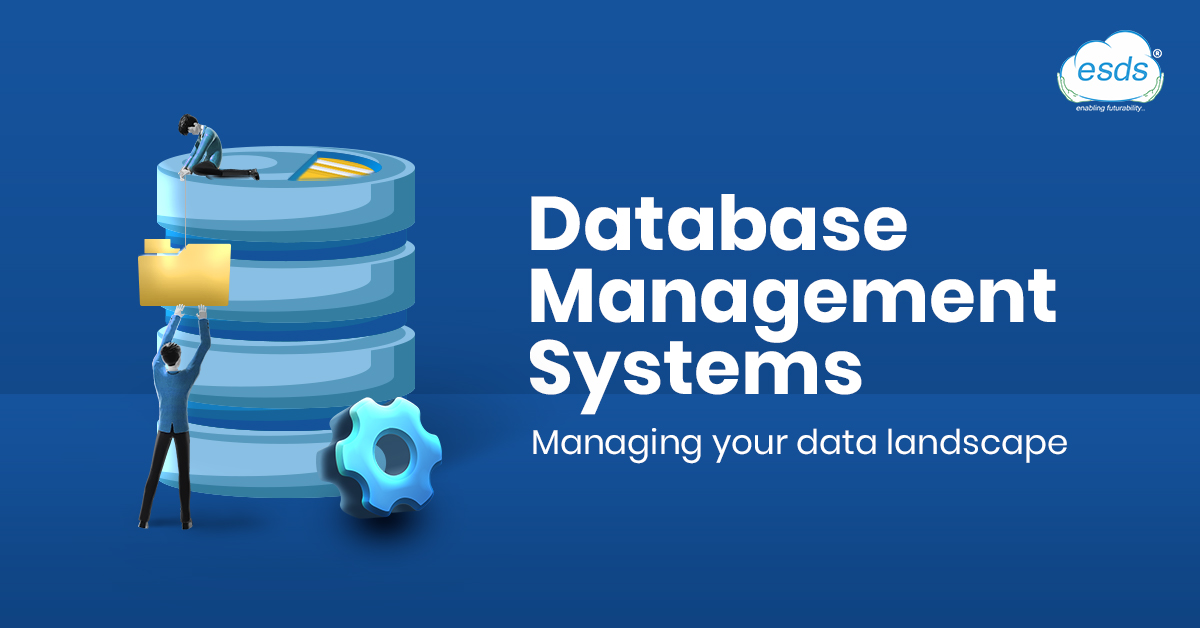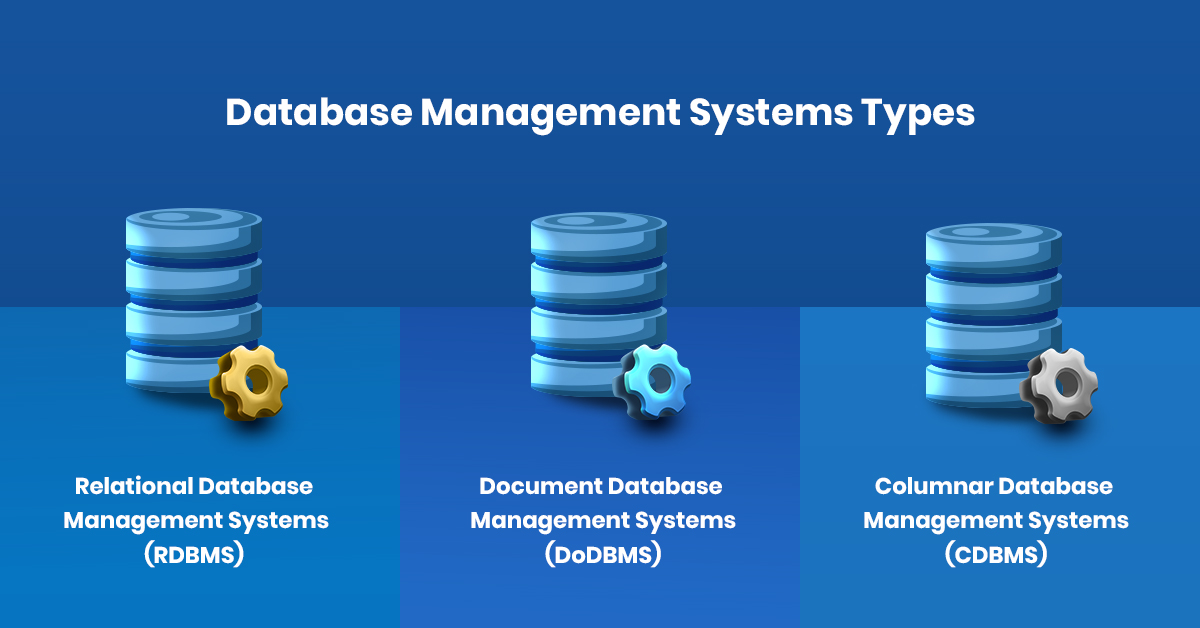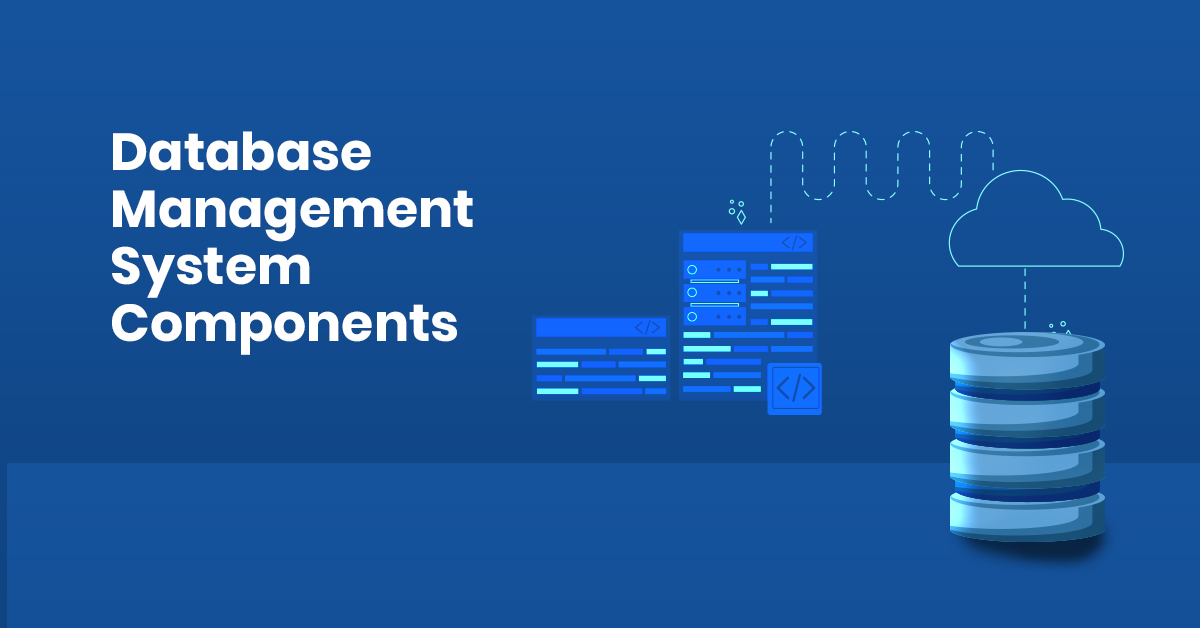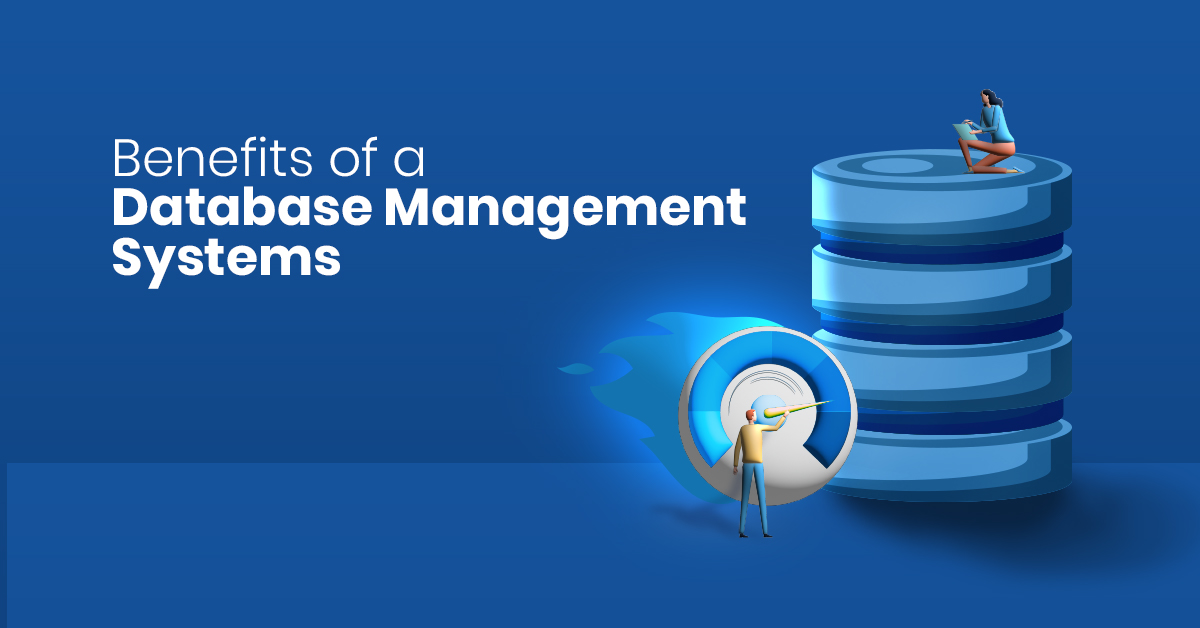Database Management Systems – Managing your data landscape
Every modern software application depends on data, and databases are the most popular method of storing and managing applications’ data.
Databases have developed from conventional relational databases to more sophisticated databases, including No SQL, columnar, key-value, hierarchical, and distributed databases, due to the proliferation of web and cloud technologies. Structured, semi-structured, and even unstructured data can all be handled by each kind.

Furthermore, databases continually handle delicate and crucial data. The need for compliance and the dispersed nature of most data sets have made managing databases difficult. To maintain large databases, organizations need tools that are reliable, secure, and easy to use. Database management systems fill this need by providing a framework for managing databases. Let’s look at it.
What is a database management system?
Using a DBMS, the following common database administration tasks can be carried out
Users may easily manage databases thanks to a piece of software called a database management system (DBMS). Through this, users can access and interact with the database’s data. These operations might be as simple as data queries or as complex as creating database schemas that significantly alter the structure of the database. Additionally, DBMS provides secure, concurrent user interaction with a database without compromising data integrity or interfering with other users.
Database management systems types
Although there are many distinct types of DBMS, we may divide the three types that are most frequently used into three groups.

Relational database management systems (RDBMS)
This DBMS type is the most prevalent. They are used to communicate with databases that have preset relationships and tables of structured data. Additionally, they communicate with databases using a structured query language (SQL). Popular DBMS in this area include Microsoft SQL, MySQL, and Oracle Database.
Document database management systems (DoDBMS)
Databases containing information stored in JSON-like forms with little to no relationship structure are managed using this DoDBMS. Database operations are powered by query languages like MongoDB query language (MQL). Some well-known examples of DoDBMS include MongoDB and Azure Cosmos DB.
Columnar database management systems (CDBMS)
As the name implies, this kind of DBMS is designed to manage columnar databases, which emphasize high performance by storing data in columns rather than rows. Apache Cassandra, Apache HBase, and other databases use a columnar format.
Database Management System Components
Every DBMS has a variety of integrated parts and tools that are required to complete practically all database management tasks. Some DBMS software even offers the option to go beyond the basic features by interacting with external tools and services, either directly or through plugins. In this section, we’ll examine the elements that all DBMS software has in common, such as

- Storage engine
- Query language
- Query processor
- Optimization engine
- Metadata catalog
- Log manager
- Reporting and monitoring tools
- Data Utilities
Benefits of a DBMS
The main problems with storing, managing, accessing, securing, and auditing data in conventional file systems were addressed with the introduction of database management systems (DBMS). Using a DBMS can help businesses and software users achieve the following goals:

Higher data security
The capacity to manage users and enforce policies for security and compliance is provided by DBMS. Database security is increased, and the data is less susceptible to security breaches thanks to limited user access.
Merely sharing data
Users can securely access the database from anywhere, thanks to DBMS. As a result, individuals can quickly complete any database-related work without the need for complicated access procedures or concern over database security. Additionally, DBMS enables efficient cooperation among different users when they interact with the database. integration of data.
Instead of managing disparate databases as independent entities, DBMS enables users to acquire a centralized view of databases dispersed across various sites and administer them using a single interface.
Separation and abstraction
Users of DBMSs can alter a database’s physical schema without affecting the logical schema that controls database relationships. Businesses are able to expand the underlying database architecture as a result without having an impact on database operations.
Additionally, any modification to the logical structure can be made without having an impact on the applications that use the databases.
Simplified backup and recovery process
The majority of databases come with backup and recovery software. However, DBMS provides centralized tools to make backup and recovery functions more easily accessible, improving user experience. Data security is now simpler than ever thanks to features like:
- Automated pictures
- Backup planning
- Backup assurances
- Various recovery techniques
Uniform management and supervision
Database management systems (DBMS) offer a single interface to complete all management and monitoring activities, which reduces the workload of database managers. These duties can include auditing and reporting in addition to database development and schema changes.
DBMSs are essential
DBMS is a crucial part of every organization’s database management system. Depending on the particular DBMS and the needs of the companies, the size, complexity, and feature set of a DBMS will vary.
Before settling on a single system, enterprises must thoroughly assess the DBMS software because different DBMS offers distinct feature sets. A well-configured DBMS, however, will make managing and maintaining databases of any size much simpler.
- Why does your business need Endpoint Detection and Response (EDR)? - May 15, 2024
- Are your business endpoints completely secure? - March 26, 2024
- Is Colocation key to transforming your data center management strategy? - March 22, 2024
